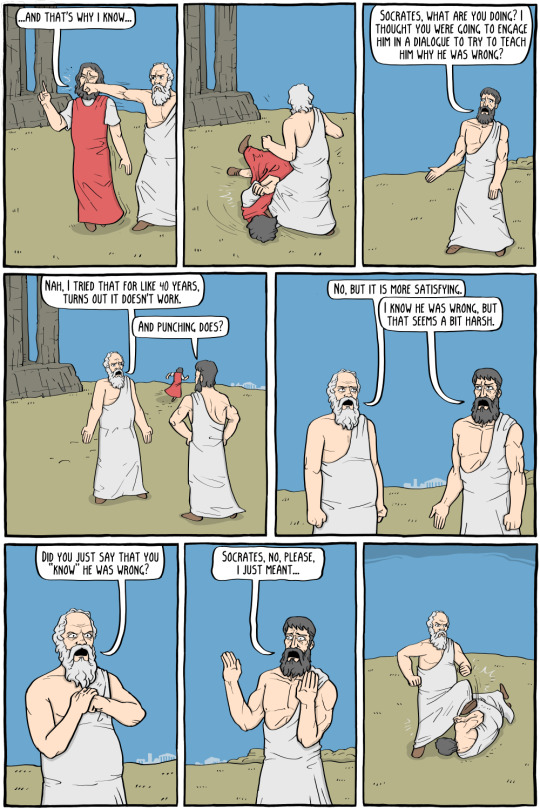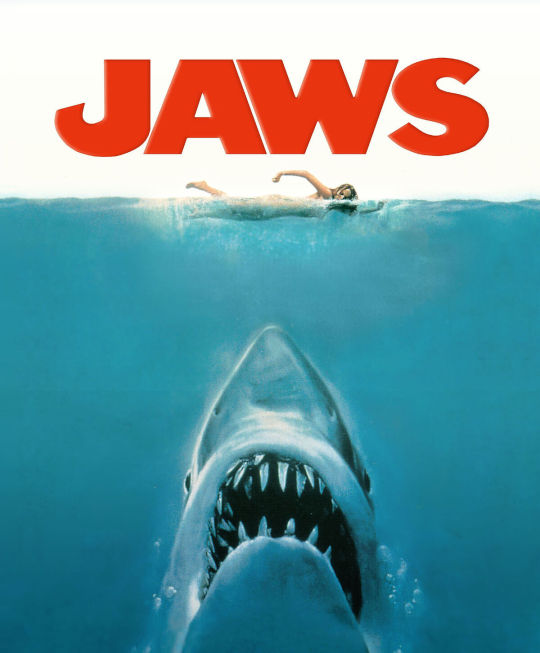#theory of knowledge
Text
average tok student be like
ah yes, i am going to get a good grade in talking in circles about literally nothing for hours, something which is both normal to want and possible to achieve.
#tok#theory of knowledge#i hate tok#goddddddddd#international baccalaureate#ib#theory of knowledge???#more like theory of kock and balls ammirrighhht#school#studyblr#tok more like cok#im funny actually
96 notes
·
View notes
Text
My advice for the TOK essay:
Please stick to deadlines
Don't worry about how trash the first ever draft seems to be. My own first draft was 900 words - way less than the actual word count (1500). You're supposed to get feedback on this draft anyway so you can improve it further.
Select a question you know. If you're given a question like I was, look at ALL the key words carefully. Your supervisor, if they're good, are supposed to explain what these questions mean in class.
Ask your teacher for help. Only looking at the exemplars for the essay won't help you because the good essays are difficult to understand and full of jargon.
Most importantly:
You will be required to use 2 examples of events relating to two areas of knowledge (most often). Build your essays around your examples.
Don't describe the example in too much detail, but you should analyse it and relate it to the question.
#international baccalaureate#ib#ibdp#ib diploma program#tok#theory of knowledge#ib tok#academia#study blog#studyblr#I was going through the feedback I got for my first draft#so I decided to post this
14 notes
·
View notes
Text
to what extent this to what extent that, to what exte- SHUT UP 😭
10 notes
·
View notes
Text


Socratic Emergency
39 notes
·
View notes
Text

monday 13/03/23
revision week starts today and i finally got my tok essay to a reasonable word count! all that’s left now is editing my hl english essay, my chemistry ia, astrophysics notes to teach my physics class lol. never thought i’d be here
♫ many times - dijon ♫
#studyblr#studyspo#study aesthetic#ibdp#international baccalaureate#stem#women in stem#studying#chemistry#physics#aesthetic#aesthetic studying#chemspo#ib chemistry hl#ib physics hl#brown girls studying#physicspo#ibdp physics#theory of knowledge#thinkin#shes rley thinken#coffee#early morning studying#early morning studying aesthetic#its 5:20am#study blogging#study motivation#study blog#studyinspo#studybrl
18 notes
·
View notes
Text
Sharks are Good!
In 1975, Steven Spielberg's infamous horror movie Jaws was released. Since then, if you ask the average person their top few fears, sharks almost certainly would make that list. Is that valid? Are sharks really something to be feared?

Why are we so afraid of sharks?
According to psychologist Gabriella Hancock, people are not born being afraid of sharks; they are taught by those around them and the media they are exposed to. No matter how many times we are told by research and studies that sharks do not want to intentionally attack humans, we still cannot truly accept it. Scientists have deemed this the “Jaws Effect”. This bias is demonstrated every single day, that popular media has subconscious biases on us. This is why directors use product placement to influence us to buy certain products, or celebrities are given brand deals to tell us why we need to try this new protein powder. Whether or not we would like to admit it, we are all influenced by the media.
Peter Benchely, the author who wrote the book Jaws was based upon, later claimed that he regretted writing it, as "there is no such thing as a rogue shark which develops a taste for human flesh.” His story, which was supposed to be a horror, instilled a very real fear in generations to come.
Are sharks actually scary?
There is evidence to show that sharks evolved 450 million years ago, millions of years before humans existed. Thus, humans are not a part of their natural diet. Typically, sharks feed on smaller marine animals, such as dolphins, seals, turtles, or even smaller sharks. The reason shark bites are nearly never shark meals is because they tend to take a bite, realize that they are not eating a seal, get a little grossed out, and swim away. They just don’t really like the taste of humans. There are over 300 species of sharks, and studies show that only about a couple dozen have been involved in attacks on humans. Seemingly, they prefer to just ignore us. The odds of being attacked by a shark are about 1 in 3.7 million. To put that into perspective, the odds of dying in a car crash are 1 in 5000, but we still drive every single day.
So... why does this matter?
Sharks play a vital role in maintaining our marine ecosystems by regulating the food webs. If sharks were not there, there would be an excess in certain species, which would lead to consequences all the way down the food chain until it reached us. Furthermore, they help to protect coral reefs, which have seen a decline in recent years.
It is estimated that 73 million sharks are killed annually solely for their fins. We also hunt them for meat, leather, and lubricants. While we don’t have a valid reason to fear sharks, we have given them good reason to fear us. Is the media to blame?

5 notes
·
View notes
Text
KILLING STABBING PUNCHING IN THE FACE. What the fuck am I supposed to do with the TOK IA.
9 notes
·
View notes
Text
I am so TOK today guys
2 notes
·
View notes
Text

3 notes
·
View notes
Text
community of knowers?
yeah im a knower
knower deez nutssss broooooo
#theory of knowledge#yeah thats what your mom said when i totally knowled her last night#ayyy#i hate tok so much#school#studyblr#tok#international baccalaureate#she inter on my national till i bacca my laureate
42 notes
·
View notes
Text
Smoke & Mirrors album by Imagine Dragons is so Theory Of Knowledge IB program core (sans the religious connection)
I could so make this about like. The act of knowing vs believing and reality and what’s Actually real and shit fr
#I don’t think I will though#no time for that lol#smoke & mirrors#imagine dragons#theory of knowledge#IB
2 notes
·
View notes
Text
The easter bunny is just god's fursona
6 notes
·
View notes
Video
youtube
Thomas Aquinas / Tommaso d'Aquino
#thomas aquinas#ethics#theology#nature of god#nature of sin#nature of the trinity#epistemology#theory of knowledge#education#historyandphilosophy#inna besedina
3 notes
·
View notes
Text

The True Story of the Writing of Meditations on First Philosophy
19 notes
·
View notes
Photo

De Certeau relegates to the background the epistemological questions that have recently figured so prominently in our discussions as he conducts his reflection on the present organization of knowledge. This reflection leads him to pay special attention to the question of the Other, a question that figures as a leitmotif in many of the current discussions of knowledge, whether they origi- nate in epistemological concerns or not. This is not the place for an exhaustive historical analysis of the emergence of this issue in contemporary' reflections, but it may be useful to recall two somewhat different areas in which it has imposed itself on our consciousnesses far beyond any theoretical concern that we may have: the conception of the subject as the organizer and sense-maker of lived experience, and the challenge posed to forms of Western thought by the liberation movements of the past forty years. Both of these have contributed to a sense of fragmentation that is widespread in our culture and that has been diversely theorized in recent years.
https://archive.org/details/HeterologiesDiscourseOnTheOther/mode/2up
4 notes
·
View notes
Text
Theory of knowledge: What is the relationship between culture and knowledge?
Today, I would like to talk about my IBDP Theory of Knowledge essay. In my two-year International Baccalaureate programme, I had overcome the course with many difficulties. Personally, I have never experienced such an impactful and deep lecture that is basically can be interpreted as “Introduction to Philosophy”. To consider my prior education before IB, I did not have any course close to “TOK”. In my country’s national curriculum, there was only one simple lesson which is only memory based so called “Philosophy”. However, it was highly insufficent compare to “Theory of Knowledge” in IB.
The purpose of the TOK Essay is to provide basic understanding for students to value the variety of viewpoints and become more conscious of their own personal and ideological presumptions.
My Theory of Knowledge essay investigates the relationship between culture and knowledge. I have selected three different cultural objects that all are belongs to distinct regions from all around the world.
Japanese Mask — — Japan culture
Australian Boomerang — — Aboriginal culture
Lügat 365: bazı kelimeler çok güzel ( book) — — Turkish culture

Japanese Mask
The person covered by the mask loses his previous identity and assumes the god’s or important people’s identity likewise said to be close to the spiritual energy of the mask and its exposition to similar characteristics. People who wear the mask gains a new power which is becoming the image of itself.
The artistic qualities of a Japanese mask derive both from its exterior forms and its meaning and function within its cultural context. Traditional Japanese masks are an example of typical archetypes taken from myth, historical dances, or Noh theatre.
My object is called in Japanese culture Otofuku or Okome mask. Otafuku, also known as the Goddess of Mirth, is a portrayal of a charming, joyful Japanese woman who will make any man she marries happy and prosperous. Okame, which means “Tortoise,” also has the lucky connotation of “Long Life.”
Japanese art regularly features her. Her full cheeks and happy eyes are a sight to remember and admire. From the perspective of Japanese academics, the first Okame images may have portrayed an idealized version of feminine beauty a long time ago. According to that statement, in ancient times Okame represents the expected beauty of Japanese women.

2. Australian Boomerang
The Boomerang has always been a symbol of Australia’s unique quality as a place of paradox in the mind of Europeans. This amazing item can return to strike it’s thrower just as readily as its target and serves as both a weapon and a toy.
Since the Europeans arrived in Australia in 788, they have sought to disturb the numerous forms, styles, and names of Aboriginal boomerangs into a single, erroneous type.
However, by focusing on this object’s odd aspect, we have missed the important truth that it symbolizes a magnificent Aboriginal solution to the challenging problem of surviving and prospering in the Australian’s harsh environment.
In time Aboriginal boomerang usage has occurred symbolically. Boomerangs have been utilized repeatedly in the long process of forming Australian identity, joining the ranks of the world’s greatest cultural icons with the active contribution of Aboriginal people.
The concept of giving an ordinary throwing stick aerodynamic properties most likely developed separately in numerous locations throughout the world. It is an interesting invention that supplies the needs of the Aboriginal people.
As an indigenous society, Aboriginal people believe that the boomerang is as old as the continent since it is mentioned in their creation myths. For that reason, Boomerangs can be considered Australia’s identity. It cannot shift by any Europeans, it would be disrespectful to their origins. Boomerangs are special for Aboriginals and they are the ones who invented them. Boomerang provides a perspective on the people, their survival, way of life, and other things. Each representation is linked to the information that is already available, and a system is built around it.

3. Lügat 365: bazı kelimeler çok güzel
Letters are words, words are sentences, and sentences are language. Some people say that language is the mirror of culture, in the sense that people can see a culture through its language. The iceberg is yet another allegory used to represent language and culture. A little part of culture is evident in the language, but the majority is hidden beneath the surface in the unseen component of culture.
This book is an attempt to remind the reader that some words are facing extinction. It means getting to know the words that we use daily but whose origins we do not know better.
In the developing world, the structure of the native language varies in different areas. It is known that words are the representation of society, and by searching Turkish culture’s old phrases and today’s new-shaped words, change in people’s needs can be obtained. For that reason, it is significant to preserve your culture with old-fashioned words. It is forgotten that if a language disappears over time, its culture and identity also lose their power. Regarding that, the disappeared nation has nothing to offer to the next generations. Languages are a crucial representation of our principles and cultures, which is why today there are approximately seven thousand languages are present. They are all characteristics of a special identity.
It is a crucial reminder that every language has its special identity that represents them as a whole. For example, learning a language is not only learning the alphabet, the grammar, and the meaning; you are also exploring the behaviour, cultural customs and traditions.
In conclusion, language and culture have an integration which cannot be separated from one another. It also provides a window into how a specific culture views itself. Language considers itself to be a representation or an embodiment of the culture or legacy held by a specific set of individuals. This is the basic knowledge that culture has an impact on society as well as on language.
Hope you enjoyed my interpretation on cultural objects! Do not forget to comment & clap :)
0 notes